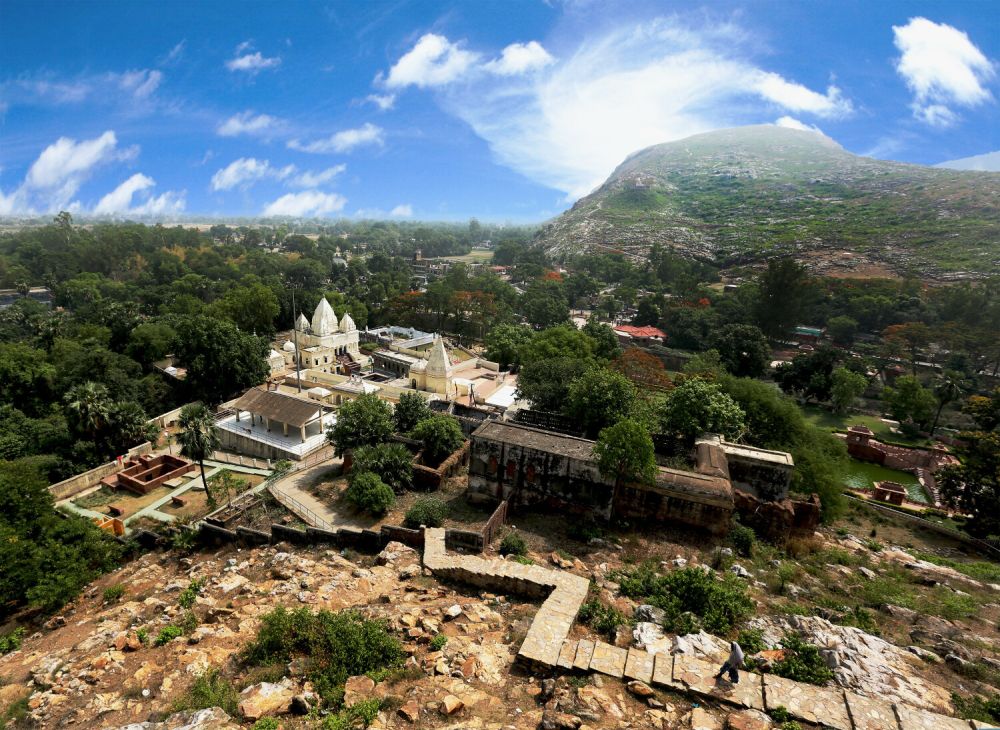

The Rajgir Hot Springs, often known as Brahmakund, are located in the scenic valley of Rajgir in Bihar, India. The history of these natural hot water springs dates back to ancient times and has been a significant attraction for both pilgrims and tourists for centuries. The Rajgir Hot Springs are not just renowned for their therapeutic properties but also for their religious significance in both Buddhism and Hinduism.
The Rajgir Hot Springs have been a destination for wellness and spirituality since the time of the Mahabharata, with its early mentions in various Hindu epics signifying its ancient roots. It's believed that these waters can purify and heal, making them a sought-after pilgrimage for many devout followers.
Rajgir, formerly known as Rajagriha, was the first capital of the Magadha Kingdom and an important site in Buddhist history. Lord Buddha spent several years in Rajgir and delivered many sermons here. The hot springs, being in close proximity to the Gridhakuta Hill where Buddha preached, have always been a draw for Buddhist pilgrims, who take a holy dip before their rituals and prayers.
In Hindu mythology, the hot springs are reputedly linked to Lord Brahma, the creator of the universe in Hindu cosmology. The Brahmakund, the sacred hot water spring, and the hottest among them is believed to emanate from 'Saptadhara' - the seven streams, believed to be the seven holy rivers.
Throughout history, the Rajgir Hot Springs have attracted sages, monks, kings and common folk alike. Their prominence thrived during the Maurya and Gupta empires, as evidenced by the archaeological remains and inscriptions depicting the grandeur of the period and these hot springs as a communal center.
In recent times, Rajgir has become a significant spot on the Buddhist pilgrimage circuit, with tourists from across the globe visiting the ancient Nalanda University ruins, Rajgir Wildlife Sanctuary, and the Rajgir Hot Springs. The springs are now well-developed with facilities like bathhouses and accommodations for visitors seeking the therapeutic benefits of the mineral-rich waters.
Today, the Rajgir Hot Springs are part of a holistic tourism experience that includes spiritual enrichment, wellness, and historical exploration. The inclusion of the Rajgir Rope-way, which offers panoramic views of the surrounding hills and monasteries, and the development of the Rajgir International Convention Center (RICC) to promote global cultural exchange, exemplify the latest trends in tourism at this ancient site.
Efforts to preserve the historical and natural integrity of the Rajgir Hot Springs involve government and local community cooperation. There are initiatives for sustainable tourism practices to ensure that the delicate ecological balance around the springs is maintained. Looking ahead, the future of tourism at Rajgir Hot Springs remains promising with plans for improved infrastructure, environmental conservation, and cultural showcases that will continue to draw visitors from around the world.